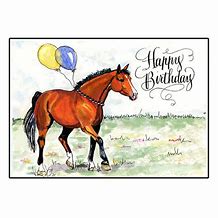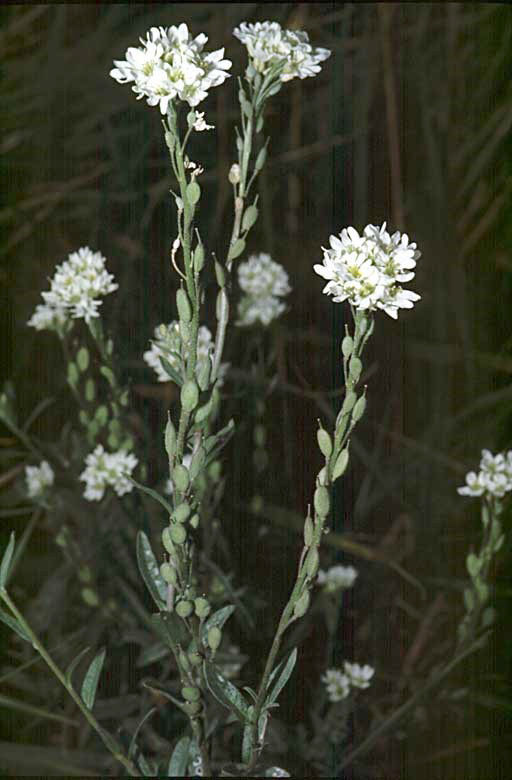| President's
Message |
Officers and Directors |
Well it has been one hec of an old fashioned
winter is all I can say. The month of February saw quite
substantial snow fall along with having to cancel our chili
feed. The snow pack in the mountains is way above average and
with all the fog we have had in March it quite possibly could be
a wet summer, which would surely be much better than what we
experienced last year with the dry hot weather and fires.
We have recently set our calendar for the year along with
our proposed work projects. The regular meetings are now going
to be held at the Pondera County Courthouse EOC office which is
in the basement of the courthouse and
you can use the west handicap door to access the office on our
meeting dates. We have scheduled four projects for the summer
and they are as follows; Trail #105 which is the one behind
Swift Reservoir, North Fork of Birch Creek trail has a culvert
that washed out. Blind Horse Trail behind Antelope Butte on the
Blackleaf Wildlife Management area. And another one behind Swift
Reservoir that I find rather intriguing, we will try and locate
and old trail that was engineered by Bob Marshall in the early
1900's and what it would do is afford people the ability to
access the North Fork of Birch Creek area along with Badger Pass
and North half of Strawberry Creek with out having to cross the
reservation. To see the minutes from the last meeting and view a
calendar of events see the links under Chapter Information at
the bottom of the page. Our next regular meeting is April 12th.
There is also a Bob Marshall Wilderness Complex Meeting (LAC
Meeting) on April 14th at the Lincoln Community Hall in Lincoln,
MT from 10AM to 3PM for those interested. There is a link under
Chapter Information that will take you to the Bob Marshall
Wilderness Complex Spring 2018 Newsletter.
BCHMT State Convention is April 6-8, 2018 in Lewistown, MT We
have our delegates selected, but any member is able to attend.
You have until the end of March to submit your registration
there is a link under Chapter Information in this newsletter.
Any feedback on the newsletter is greatly appreciated.
As always, when in doubt let your horse do the thinkn Fred
|
To see the meeting minutes from
the last meetings, see the link under Chapter Information. |
President:
Fred Fitzpatrick
Vice President:
Ronald Ries
Secretary/Treasurer:
LeAnn Hermance
State Directors:
Merlyn Huso
Bob Hermance
Alt. State Director:
Ronald Ries
Chapter Directors:
Clete Gregory
Lisa Schmidt
Zane Drishinski
Dennis Garcia
Debbie Ries
Kurt Dyer
Junior Director:
Abbey Hutton
Editors:
LeAnn Hermance
Fred Fitzpatrick
Website:
Fred Fitzpatrick
BCHMT Chairman:
Brad Pollman
|
|
Birthdays |
March
Greg Schatz, Casey Drishinski and Greta Gustafson
April
Barr Gustafson and Gwen Marshall
 |
Hoary Alyssum (Berteroa incana): Ravalli County's fastest spreading noxious weed
Hoary alyssum, considered to be a part of the mustard family, is also known as "hoary false madwort" and "hoary false alyssum."
It thrives in dry conditions in alkali soils. In Ravalli County the hoary alyssum prefers disturbed sites but can be found in meadows and pastures. It is adapted to dry conditions on sandy or gravely soils and prefers directly sunlight but will tolerate shade.

|
|
|
| Take Action! |
Hoary Alyssum (Continued)
The rigid stems are hairy and about one to three feet tall. The stems consist of a grayish-green in color. These stems branch many times near the top. The alternate leaves are oblong, also grayish-green, and covered in rough hairs. The flowers are clustered at the tips of the branches.
The plant has four white petals that are about a half a centimeter long and tipped with two lobes. Along the stem there is a small, oblong, and flattened seed pod. In each pod contains two to six brown seeds. Seeds can germinate from early spring to late fall, limited mainly by open space and water. Seedlings established in early July or sooner can flower and produce seeds by early fall. Seedlings establishing in late July or later will remain rosettes, produce flowers and seeds the following year. |
At
one time it was believed that hoary alyssum cured rabies, but
ingestion of the plant can be fatal to horses if its effects are
not caught early. Hoary Alyssum is of great concern to horse
owners due to its unknown toxicity. If this plant consists of 30
percent or more of a horse’s diet they can show signs of
poisoning and could lead to death. The plant can also remain
toxic in cured hay. Symptoms of hoary alyssum ingestion in
horses include the following: laminitis, leg edema, stiffness,
fever, diarrhea, premature birth, and abortions. However, if
treated early, most horses recover. There are a couple of ways
to treat for hoary alyssum: herbicide and pulling. The pulling
method is great to use for small infestations especially if the
weed has flowered. If you want to mow the hoary alyssum and it
has flowered cut the flower and seeds off first. Then place the
flowers and seeds into a garbage bag, then mow. The best method
to dispose of the weeds is to place them in the plastic garbage
bag and take them to your landfill. |
|
|
|

